'Popcorn Cannon' Featured on 'Mythbusters,' Just One of China's Several Bizarre Innovations [SLIDESHOW]
"Mythbusters," a science-based entertainment program on the Discovery Channel, featured one of China’s old popcorn-making machines, supposedly the fastest popcorn maker in the world, on one of its episodes last year. Before he actually began the popcorn popping, one host, Adam Savage, donned a bomb suit before handling the industrial-looking contraption. Video footage of this created a substantial reaction in the Chinese media (including the state-run TV channel CCTV) that ridiculed the unnecessary-- and some claim ignorant -- precautions taken by the show's hosts.
On the original video’s YouTube link, the top comment came from a viewer claiming to be from China; he lamented what he saw as Americans acting foolishly:
“Now I am fully convinced Americans are truly stupid. We Chinese used this way to make popcorns for hundreds of years, with a loundry [sic] bag attached to it to catch popcorns. LOL. americans, you never cease to amaze.”
The original segment featured Savage operating the machine in the bomb suit, while co-host Jamie Hyneman and guest star and Food Network personality Alton Brown stand behind a clear protective divider. As clips of other explosions are intercut throughout the segment, the hosts describe their fears that this experiment will end up like previous ones on the show, when there were actual explosions.
Thanks to some TV-friendly exaggeration, and the improper use of the machine, the segment did in fact end in an explosion of popcorn. This did not need to happen. Watch as a street vendor nonchalantly pops corn, sans bomb suit, while simultaneously smoking a cigarette below:
After looking at both videos, people unfamiliar with the machine could easily mistake the metal contraption for something explosive.
However not every reaction to the "Mythbusters" segment was negative. One user on Weibo, China’s version of Twitter, found himself feeling nostalgic after seeing the video.
“I haven’t seen such a machine in a long time. Chinese popcorn defined my childhood … such good memories,” the person posted.
Though this snack-maker may not faze Chinese natives, it is definitely not something seen every day in the West. Here are a few other unusual Chinese innovations of already existing inventions:
1. The Monowheel: China’s take on the unicycle, may have originally been designed in the U.S., but according to Micgadget.com, a China tech blog, it is patented in China by Monovelo. The bizarre vehicle was even featured in the closing ceremony of the 2008 Summer Olympics in Beijing.
2. A “wind-powered” car: According to Metro News, a free newspaper in the UK, a Chinese farmer, Tang Zhenping, made his vehicle by literally placing a “wind turbine” on the grill of the vehicle, which looks like a soap-box derby car, which he built using spare parts. The car is also powered by batteries, but when the vehicle is moving between 40 and 70 mph, the energy from the turbine recharges the batteries, extending its life up to three times longer than standard electric cars.
3. Live-Crab Vending Machine: Vending machines have long been used in the U.S. for snacks, beverages, newspapers and even electronics. In what might be a first in the world, China introduced vending machines that sold living crabs in 2010, in a Nanjing subway station. According to the Wall Street Journal, the machine sold an average of 200 crabs a day, with crabs ranging from 15 to 20 yuan ($2-$7).
4. Built-in toilet car seat: When on the go, stopping at highway rest stops to use the restroom can seem time-consuming. Fortunately, one Chinese company has developed a car seat that doubles as a toilet/urinal when seat cushions are removed.
5. Retractable, “floating” bed: Real-estate has become a growing problem in many Chinese cities. However, worrying about adequate living space may be alleviated with the invention of the new retractable, floating bed. The bed, which is actually suspended by metal wires and rods, saves floor space in bedrooms. The technical details about how the bed works are still unclear, but gathering from photos, it fully retracts, concealing the bed in the ceiling.
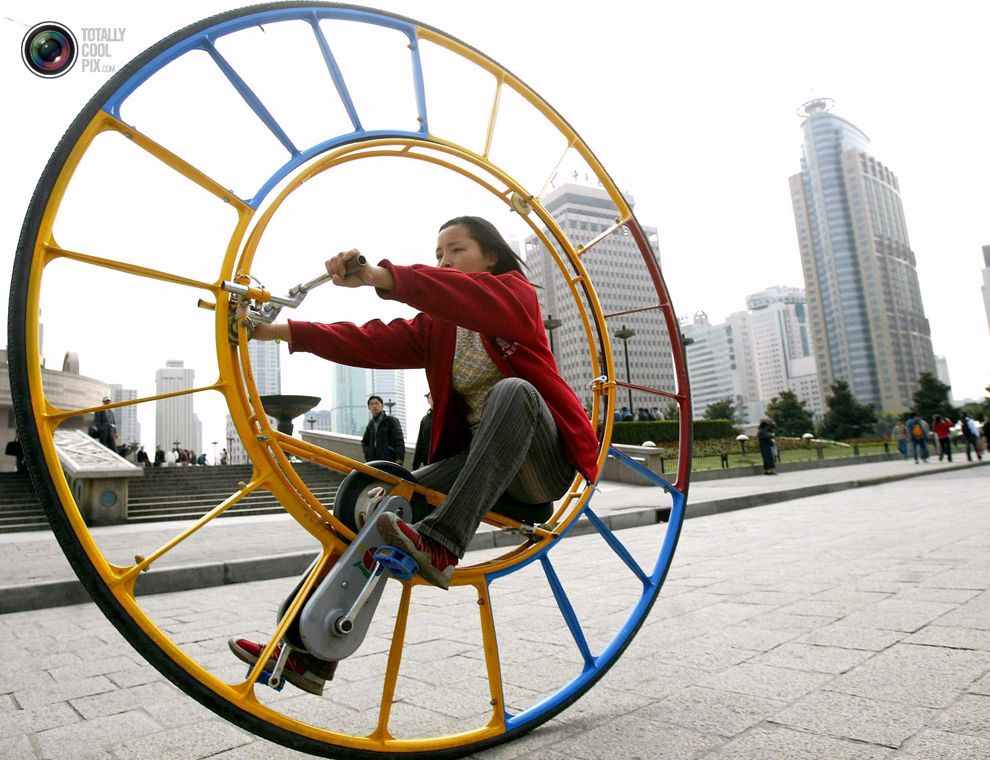
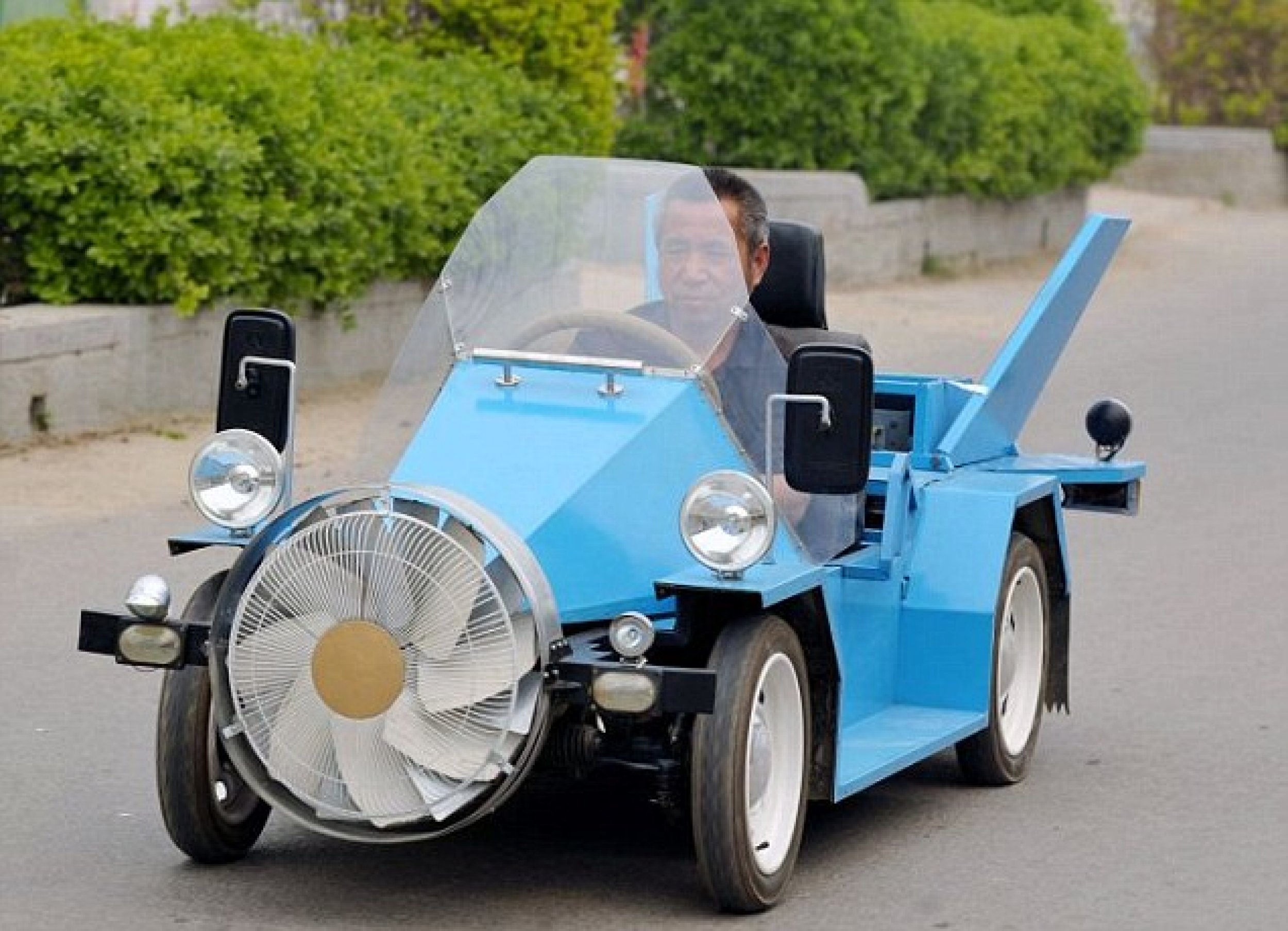
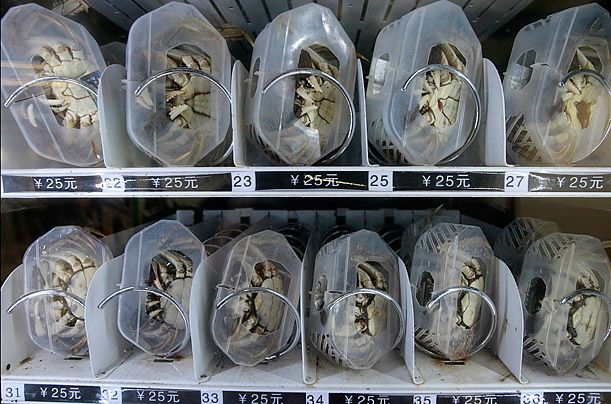
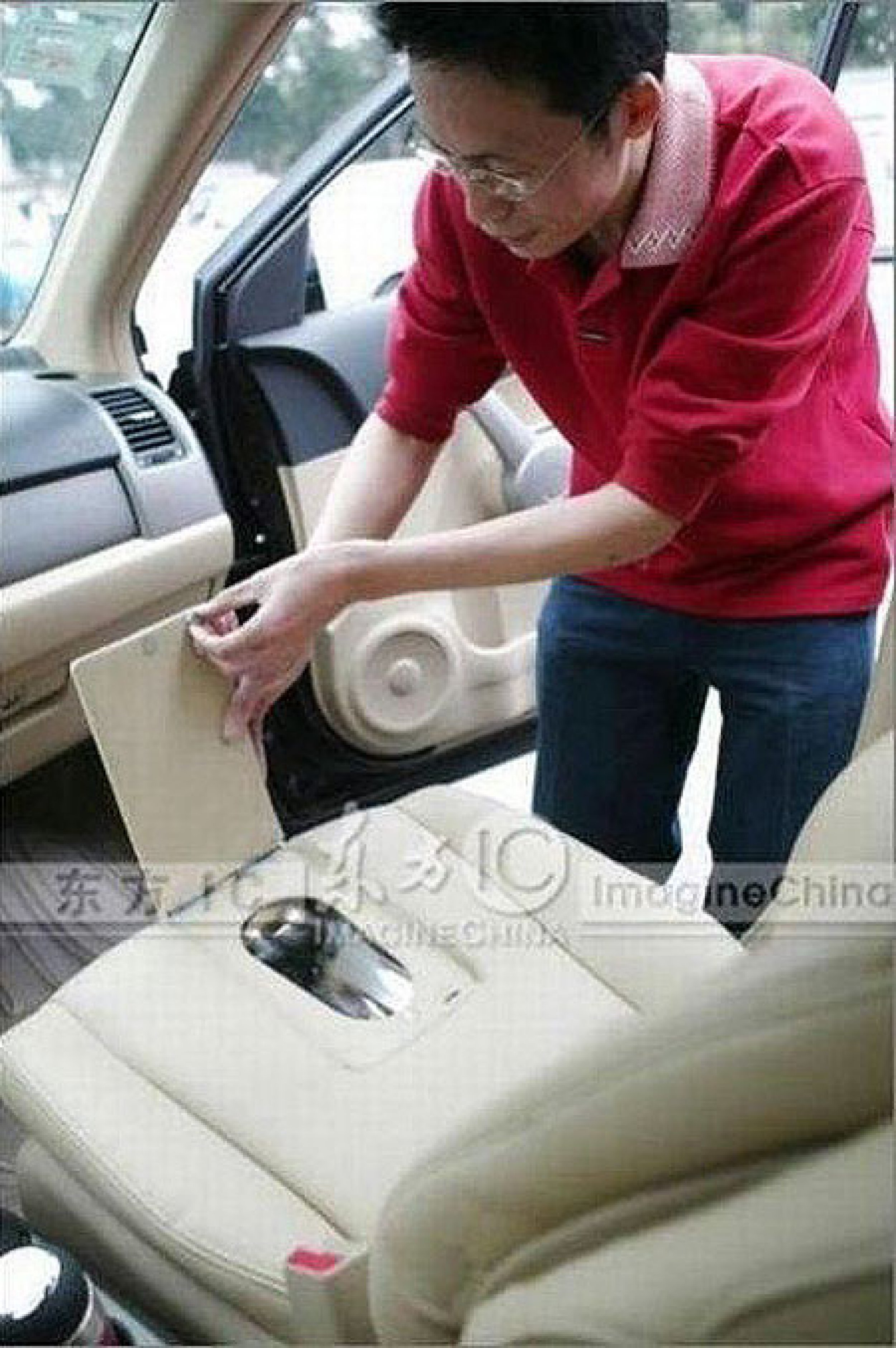
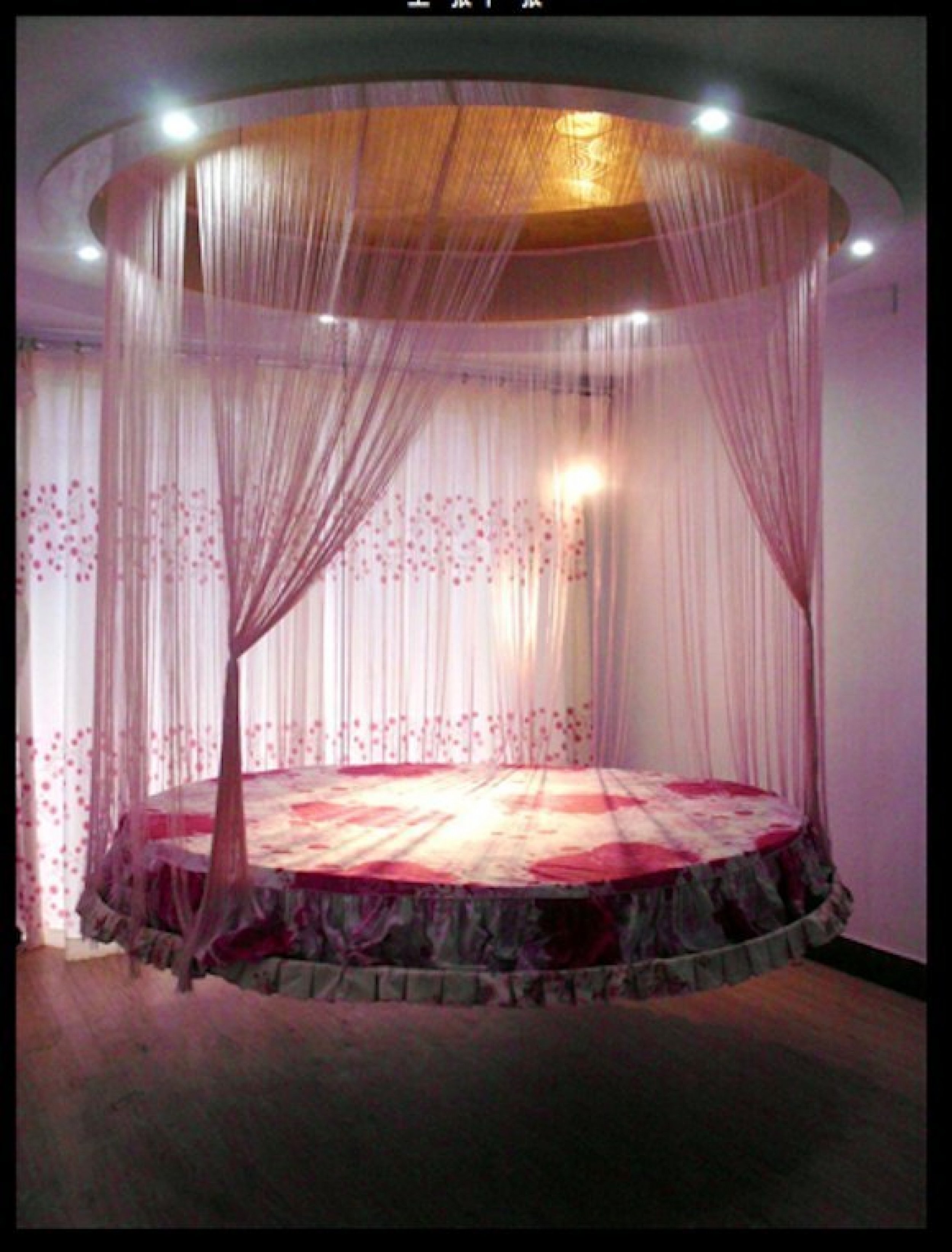

© Copyright IBTimes 2025. All rights reserved.






















